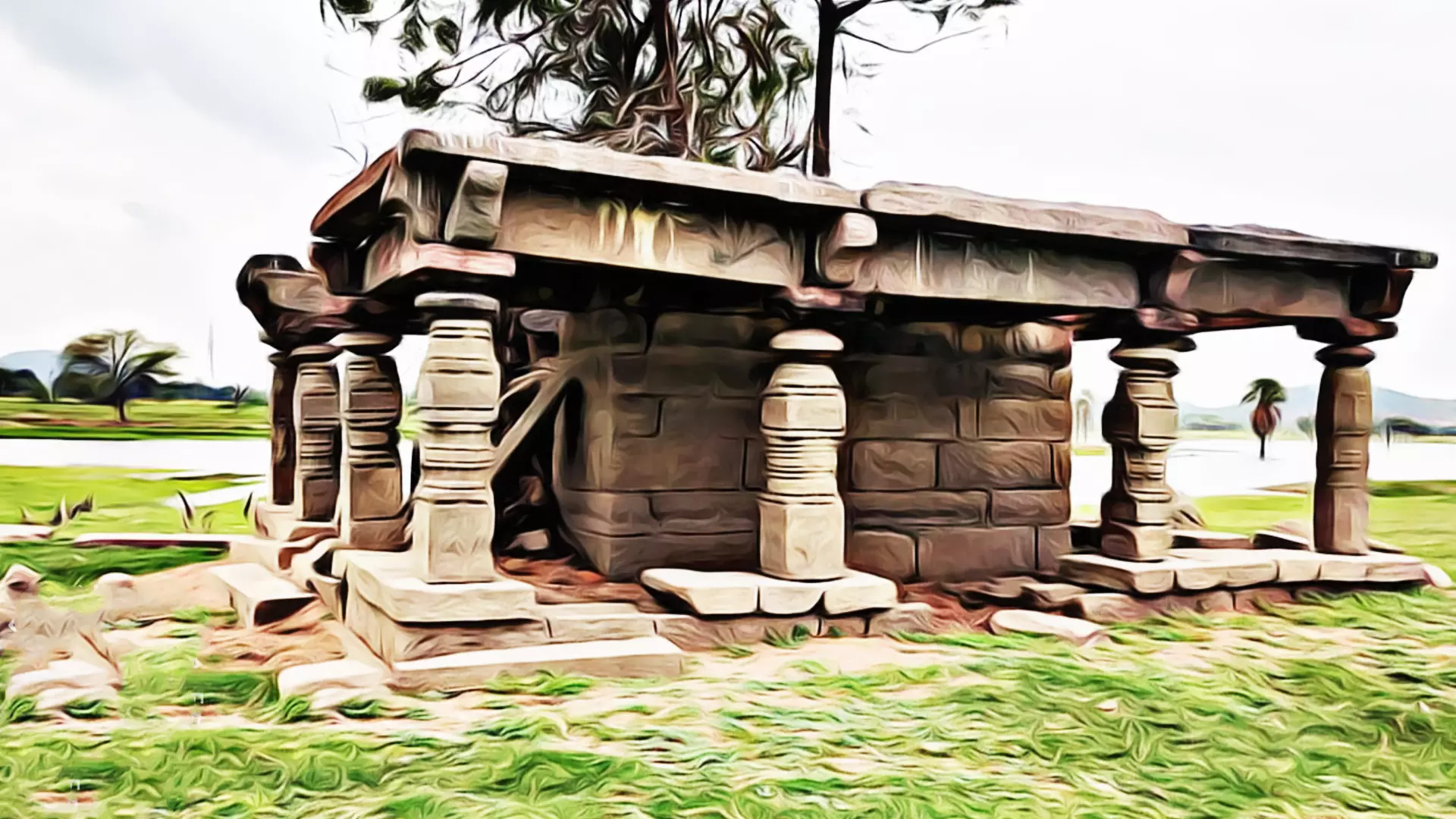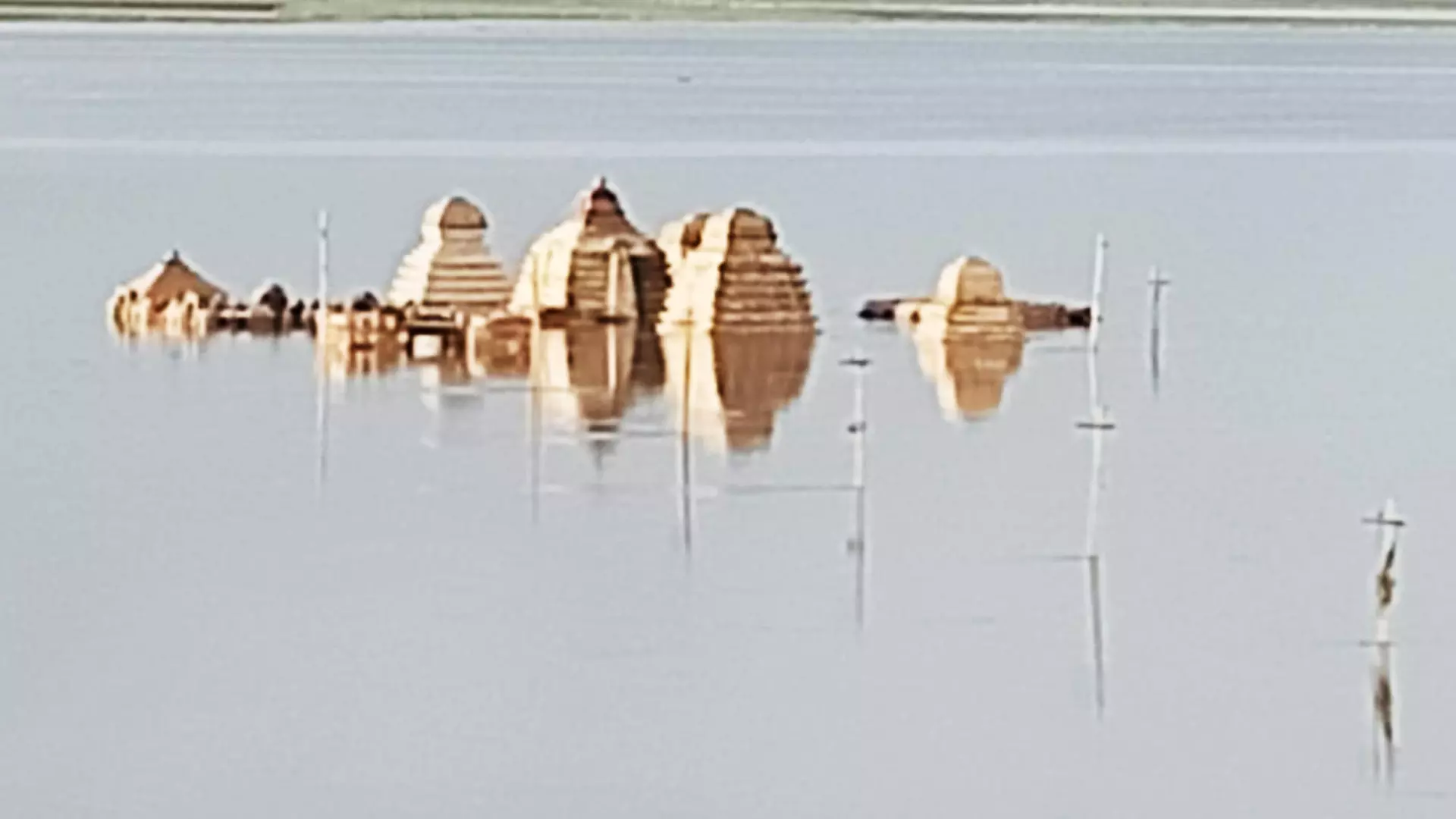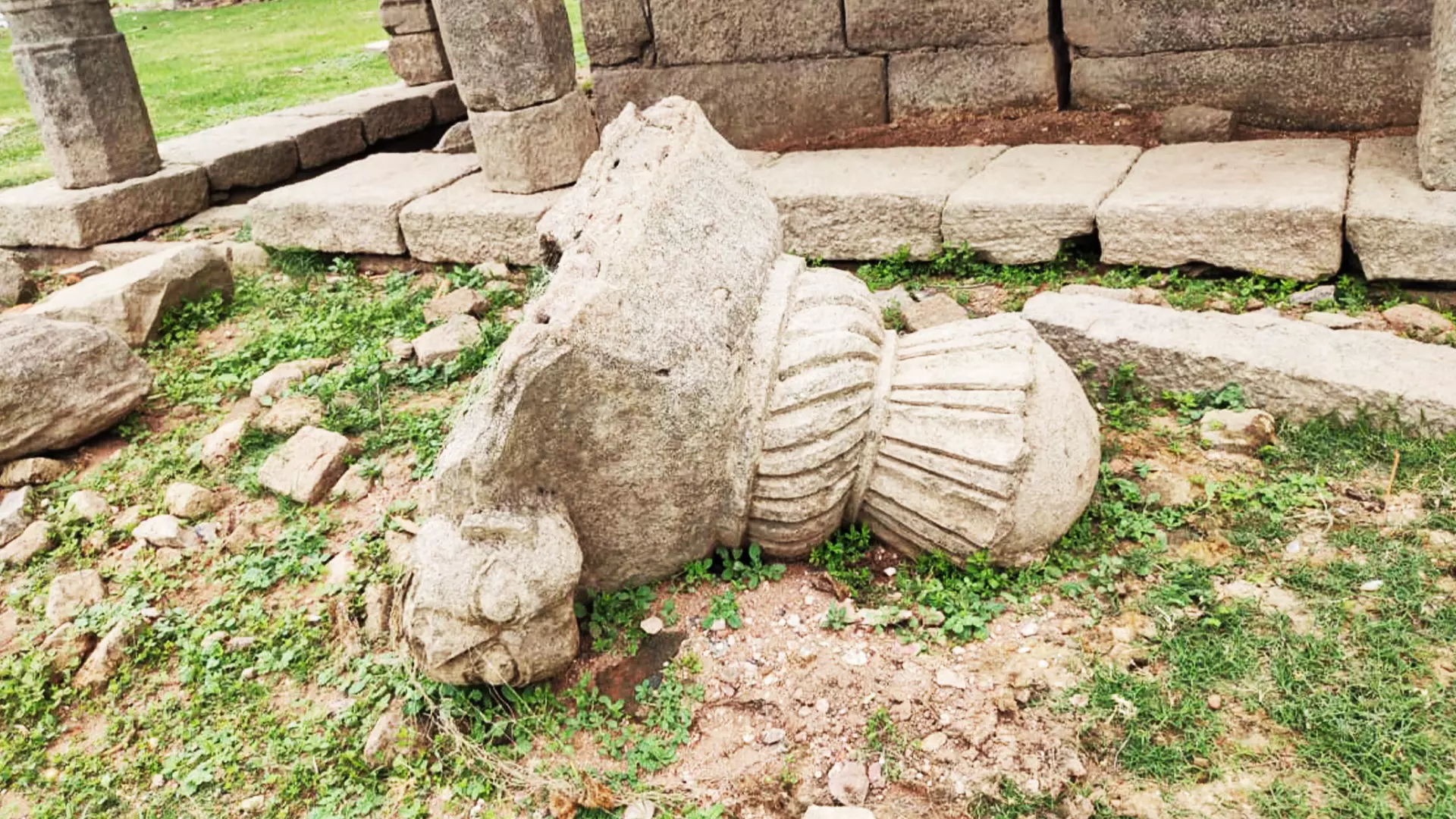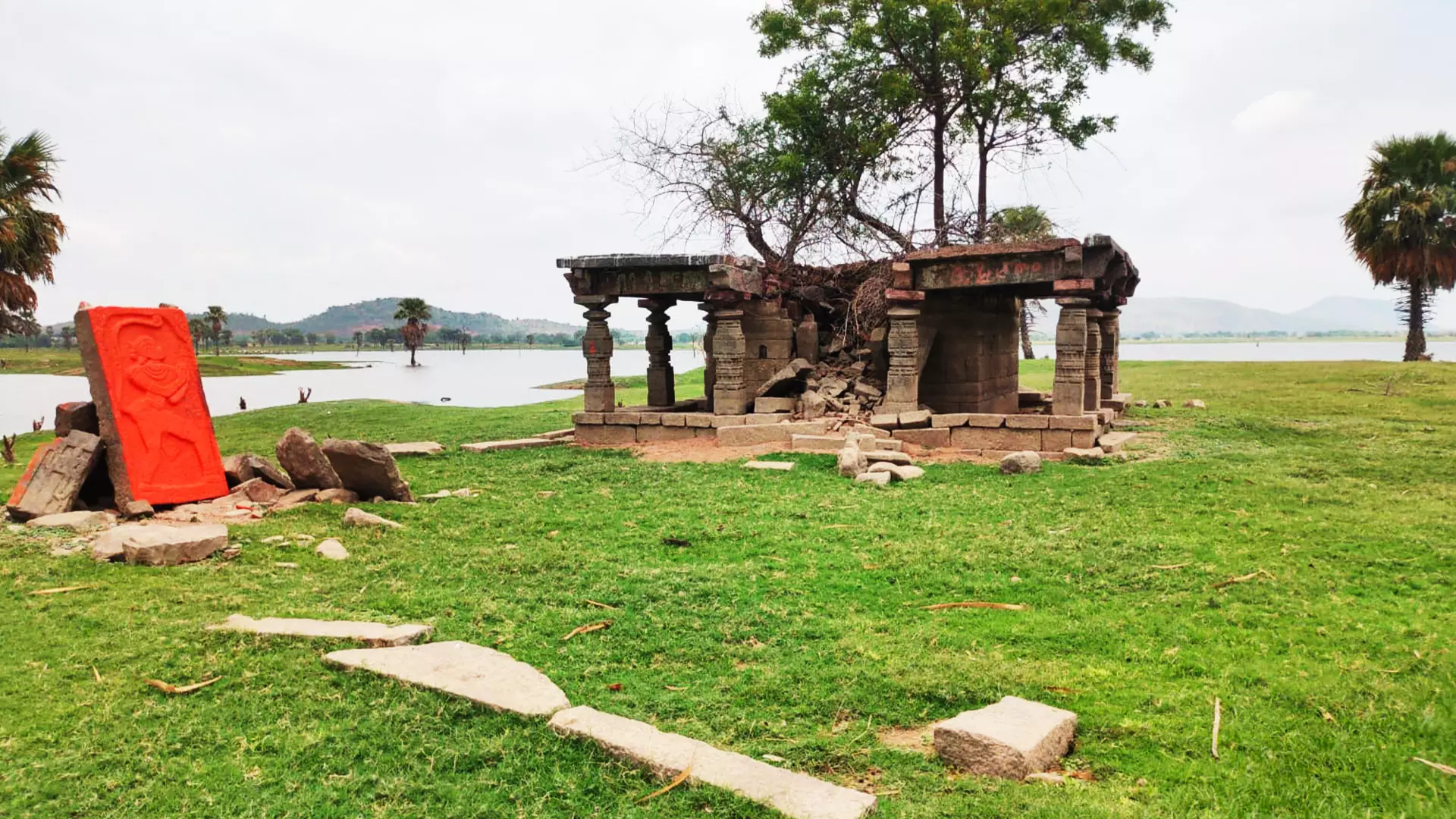
- Home
- India
- World
- Premium
- THE FEDERAL SPECIAL
- Analysis
- States
- Perspective
- Videos
- Sports
- Education
- Entertainment
- Elections
- Features
- Health
- Business
- Series
- In memoriam: Sheikh Mujibur Rahman
- Bishnoi's Men
- NEET TANGLE
- Economy Series
- Earth Day
- Kashmir’s Frozen Turbulence
- India@75
- The legend of Ramjanmabhoomi
- Liberalisation@30
- How to tame a dragon
- Celebrating biodiversity
- Farm Matters
- 50 days of solitude
- Bringing Migrants Home
- Budget 2020
- Jharkhand Votes
- The Federal Investigates
- The Federal Impact
- Vanishing Sand
- Gandhi @ 150
- Andhra Today
- Field report
- Operation Gulmarg
- Pandemic @1 Mn in India
- The Federal Year-End
- The Zero Year
- Science
- Brand studio
- Newsletter
- Elections 2024
- Events
- Home
- IndiaIndia
- World
- Analysis
- StatesStates
- PerspectivePerspective
- VideosVideos
- Sports
- Education
- Entertainment
- ElectionsElections
- Features
- Health
- BusinessBusiness
- Premium
- Loading...
Premium - Events

The sound of conches, metal bells and mantras recited in high pitch reverberate the air. Priests move lit up diya holders in synchrony with the sounds around. The devotees wear a look of calm even as tears run down their cheeks. Year after year, the practice is repeated, starting around July, when rains begin to get heavier. It is that time of the year when Nivrutti Sangameswara Temple in...
The sound of conches, metal bells and mantras recited in high pitch reverberate the air. Priests move lit up diya holders in synchrony with the sounds around. The devotees wear a look of calm even as tears run down their cheeks. Year after year, the practice is repeated, starting around July, when rains begin to get heavier. It is that time of the year when Nivrutti Sangameswara Temple in Andhra Pradesh begins to get off limit for devotees as the rains will submerge it within the Krishna river, marking Lord Sangameswarudu’s phase of jalaadhivasam (living underwater).
For the next six — sometimes ranging up to eight — months, the Sangameswara temple, located on the fringes of the Nallamala forest, 40 km from Atmakur town in Nadyala district, will not see any flow of devotees. But when the monsoon season ends and water recedes, a grand rituals attended by thousands marks the emergence of the temple. The tears that had bid farewell to the 11th-century temple temple and its deity now makes way for smiles.
Though most temples that fall in the submergence zone of the Srisailam project were shifted to other areas, Sangameswara Temple was abandoned because it wasn’t found to have a great architectural value. The view over its architectural value notwithstanding, the temple never lost its place in the hearts of the people.
The same, however, doesn’t hold true for the Rajeshwaraswami Temple located on the floodplains of river Godavari in Jagityal district of Telangana. Not only the government, but even the people abandoned the 1,000-year-old temple with exquisite architectural value, built at a site that traces its history to the Satavahana Kingdom, which ruled the area for more than 2,000 years.

The Sangameswara Temple in Andhra Pradesh lies submerged in Krishna river.
The temple, without the nitya (daily) puja, lost its religious value. Ignored and forgotten, despite its immense historical value, the temple fell victim to vandals who dug inside the premises looking for treasures.
Rajeshwaraswami Temple’s fate may, however, be set to change. With the effort of historians who painstakingly retrieved the glorious past of the temple, awareness is being generated among the nearby villagers who want the temple translocated to their village.
Rajeshwaraswami Temple, much like its Andhra cousin, gets submerged in the flood waters of river Godavari during the rainy season and resurfaces with the onset of summer. The similarity ends there as neither the submergence, nor the emergence, witness any ceremonies.
For most people, the mention of Rajeshwaraswami Temple, popular as Rajanna Temple, flashes the images of the bustling temple town of Vemulawada. But the second Rajeshwaraswami temple, a contemporary of the Rajanna temple, located close by on the right bank of River Godavari is crying for attention.
Though dilapidated now, the temple was once surrounded by a hamlet called Maggalagadda (weavers mound), a part of a village Cheggam in Velatur mandal of Jagitial district. Maggalagadda was relocated to a safe area near Cheggam due to frequent floods. Later, Cheggam village was also evacuated as the area came under the submergence zone of the Sripada Yellampalli Project built across Godavari.
“This temple with a history of a millennium is unique in its architecture, history, inscriptions, and cultural ethos,” historian and archaeologist Dyavanapalli Satyanarayana tells The Federal. The rectangular stone shrine has a 2-foot-high parapet wall around the shrine with carved pillars. It has four entrances in four directions.
According to Dyavanapalli, the front portion of the Shikhara of the temple is projected with beautiful Keertimukha in the Chalukya/Kakatiya style of architecture. Keeritimukha is considered a rakshasi (demon) by the locals who believe that none other than rakshasas could have built a temple by lifting the massive stones used for building the Rajeshwaraswami Temple.
On the eastern side, one can see the sculptures of deities of Bhairava, Bheemanna (gada), Naga, Dwarapala, Anjaneya, Shivalingas, Nandi, Poshamma, and Potalinganna among others.
What is Cheggam?
Maggalagadda, where the temple was constructed, and the village Cheggam have a fascinating history that goes back 2000 years.
Jagitial district is still known for its handloom culture. The name Maggalagadda suggests the handloom culture flourished even 2,000 years ago.
It was Veluri Venkata Krishna Sastry, a noted archaeologist from the state, who first traced the roots of the temple to the Telugu Satavahana Kingdom, which extended to present day Andhra Pradesh, Telangana, and parts of Maharashtra, with nearby Kotilingala as the capital. According to Sastri, the Satavahana kings performed ‘yagnyam’ here which in local language became jeggam. Over time the habitation jeggam transformed into present-day Cheggam. Sastry recorded all the details of the temple in his memoir.
“Curiously, the temple resembles Yagnya Vedika as it was developed on the same plan. It was the practice in those days to name the villages after the prominent professions/castes of the area. The hamlet Maggalagadda, meaning platform of handlooms, might be the habitation of weavers. Until 1980, when the village was evacuated, weavers were a prominent community of the hamlet,” said Dr Dyavanapalli.

The over 2,000-year-old Rajeshwaraswami Temple is crying for attention.
Historians believe that the Vemulawada Chalukya kings, who ruled the area between the 10th and 12th centuries, might have chosen the place on the banks of river Godavari to construct the existing temple more than 1,000 years ago on the line of Rajeshwaraswami temple at Vemulawada.
Annual fair at the temple
According to Dyavanapalli, the temple area once bustled with large-scale annual fairs and festivals.
“With the fairs and festival, the area has become a hub for merchants and hawkers who would come from far-off places such as Warangal and Kolipaka (Kolanupaka). A few such rich merchants acquired vast tracts of land in the surroundings of the temple which later became popular with their names as Manchala Chenu/Bodalu and Kolipaka Chelka,” he said tracing the historicity of the present habitations. Another important event connected to the temple was the visit of celebrated poet Bammera Potana of Maha Bhagavatam fame.
According to the historian, celebrated poet Bammera Pothana who hails from Bommera village (south of Warangal) visited the temple 600 years ago and initiated the writing of his most revered work Bhagavatam from this temple after praying to Lord Rajeshwaraswami.
Decline of the temple
Dyavanapalli said the glory of the temple started diminishing with the shifting of the hamlet Maggalagadda first and later Cheggam followed by the Sripada Ellampalli Project.
“Regular worship, fairs, and festivals continued till 1980 and the upkeep of the temple was taken care of by Jangama priests who were custodians of the Inam lands of the temple. Pilgrims used to take bath in the river near this temple. The villagers used to immerse Bathukammas at the place. The temple was known for the ceremony marking the first hair cut (puttu ventrukalu) and piercing of the ear (chevulu kuttichuta),” he said.
The decline of the temple started with the shifting of Maggalagadda to Cheggam due to frequent floods in the Godavari. Consequently, the villagers stopped visiting the temple. “Desertion of the temple led to the vandalisation by the treasure hunters. Later, the Cheggam village also faced evacuation due to the construction of the multi-purpose project at Ellampally as the village fell in the submerged area of the project. Cheggam had to be shifted to an upland area nearby. Now, the Rajeshwaraswami Temple gets submerged in the project backwaters during the rainy season and emerges in summer when the water recedes,” he said.
Shifting is the alternative
With some awareness about the antiquity of the temple at hand, the villagers of rehabilitated Cheggam want a temple for their daily worship and for celebrating festivals and special occasions. Instead of constructing a new brick-cement temple, they want relocation of the 1,000-year-old Rajeshwaraswami Temple to their village as was done in the case of many temples during the construction of projects such as Nagarjunasagar, Srisailam, and Tungabhadra by adopting salvage archaeology techniques.

Villagers want to translocate Rajeshwaraswami Temple from the river to their hamlet.
Lakshman Yadav, a Cheggam villager, said the people had submitted a memorandum to tourism and archaeology minister Srinivas Goud to include the translocation of the temple as part of the R&R (Rehabilitation and Reconstruction) package of Cheggam village.
“Abandoning the temple, a witness to the glorious past of the people of this region, is painful and ill behoves a state (Telangana) which was formed on the basis of cultural identity of the region,” Laxman said urging the state government to shift it to the new Cheggam village before the components of the temple disappear completely.

